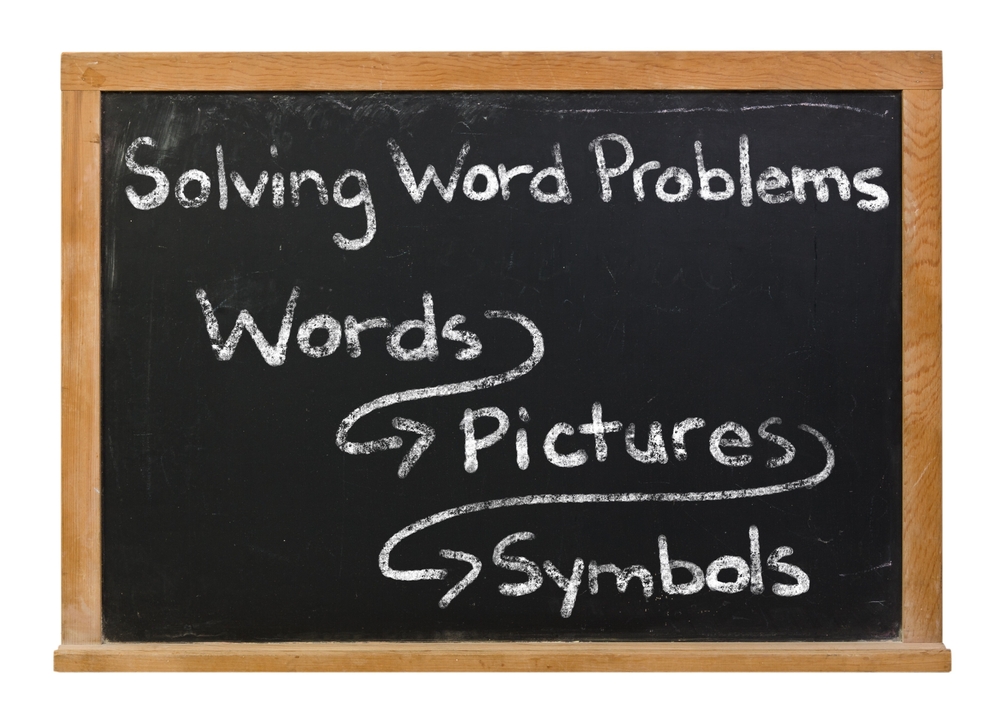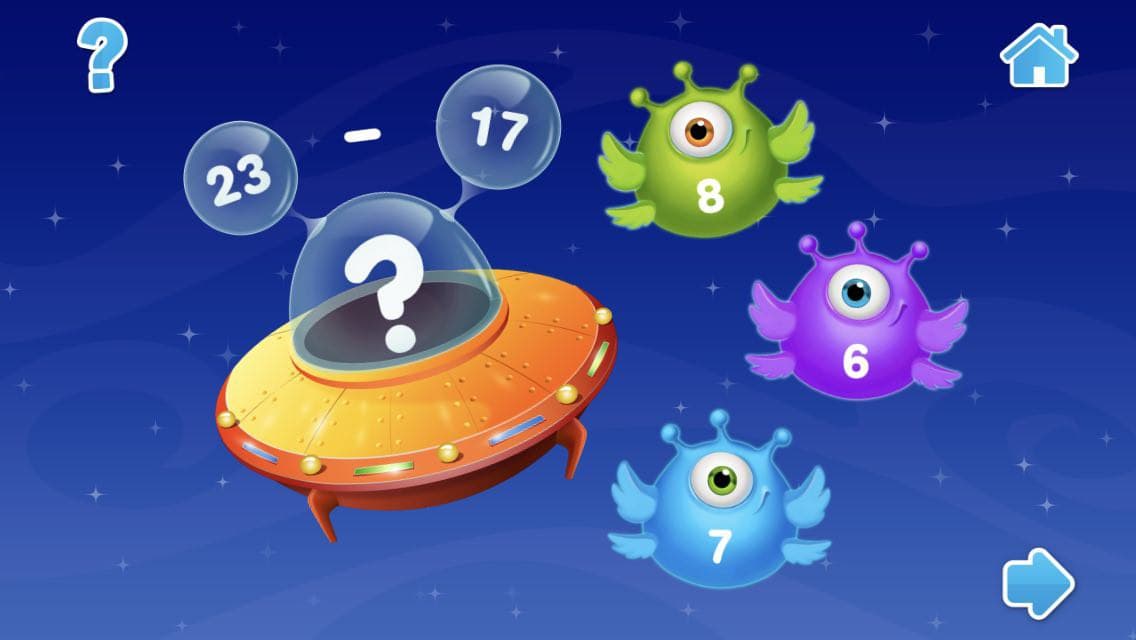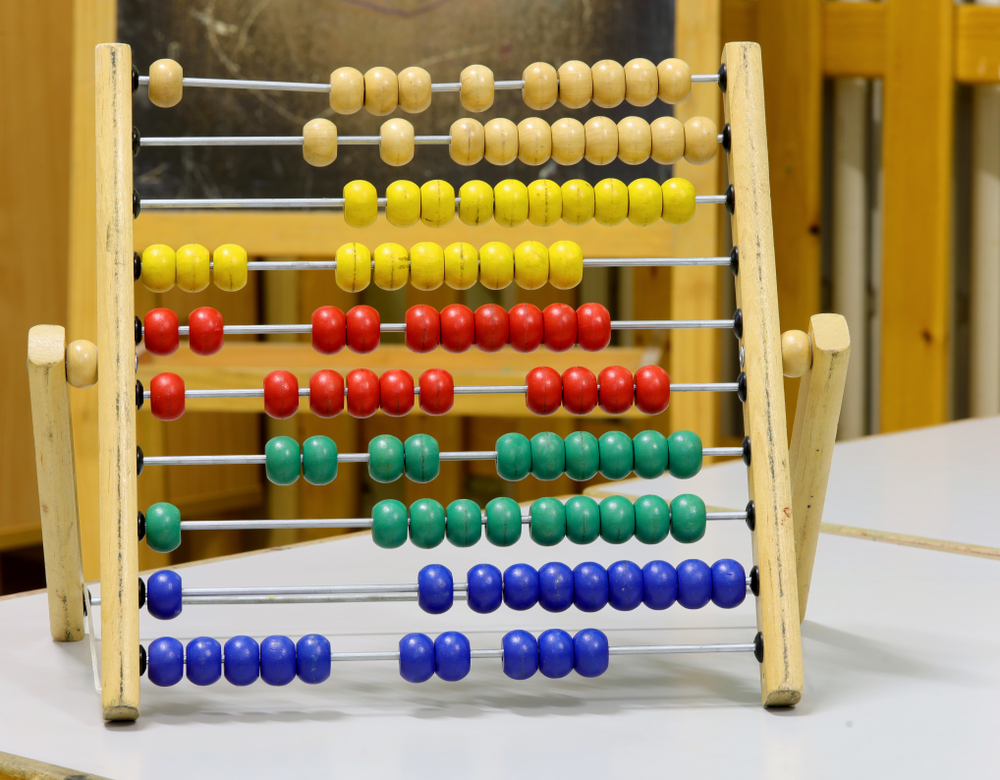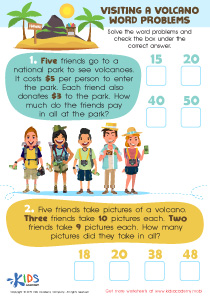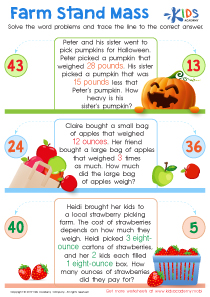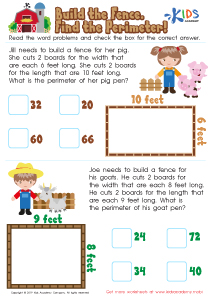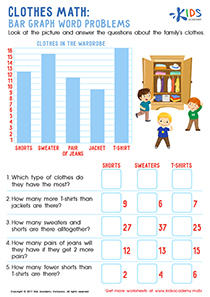Addition skills Normal Addition and Subtraction Word Problems Worksheets for Ages 4-8
4 filtered results
-
From - To
Enhance your child’s math abilities with our engaging Addition and Subtraction Word Problems Worksheets designed for ages 4-8. These worksheets offer a variety of normal addition and subtraction word problems that make learning fun and interactive. Each worksheet is crafted to strengthen your child's addition skills through relatable scenarios and visual aids, ensuring they grasp fundamental math concepts. Ideal for home or classroom use, our resources foster critical thinking while promoting problem-solving skills. Give your child the tools they need to succeed in math and watch their confidence grow with every worksheet completed. Explore today and spark their love for learning!
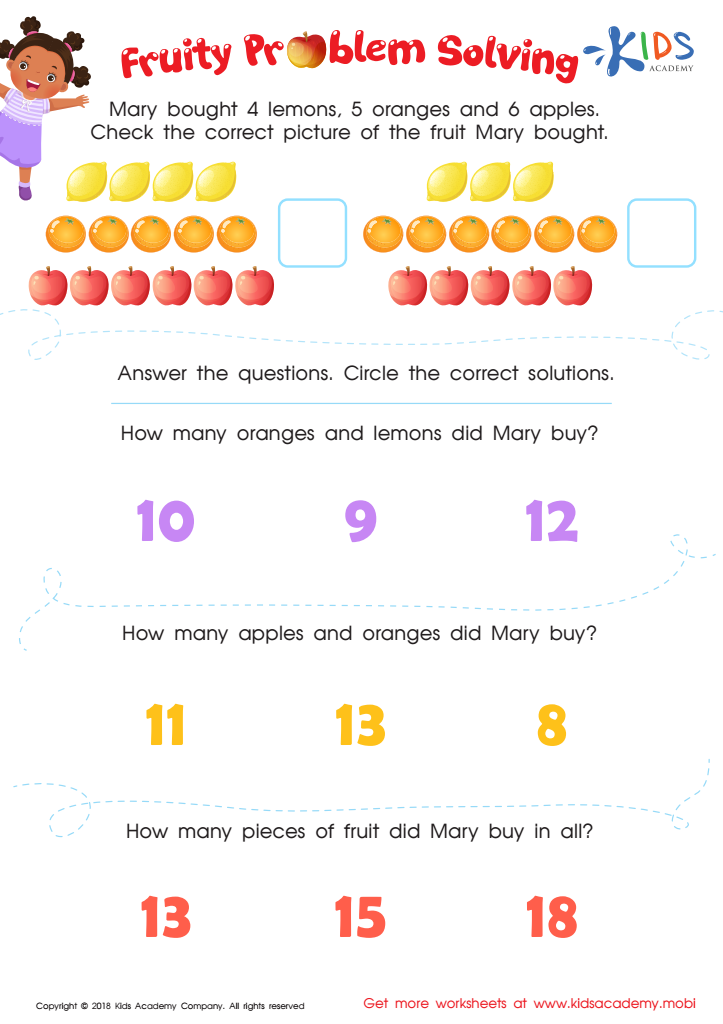

Fruity Problem Solving Worksheet
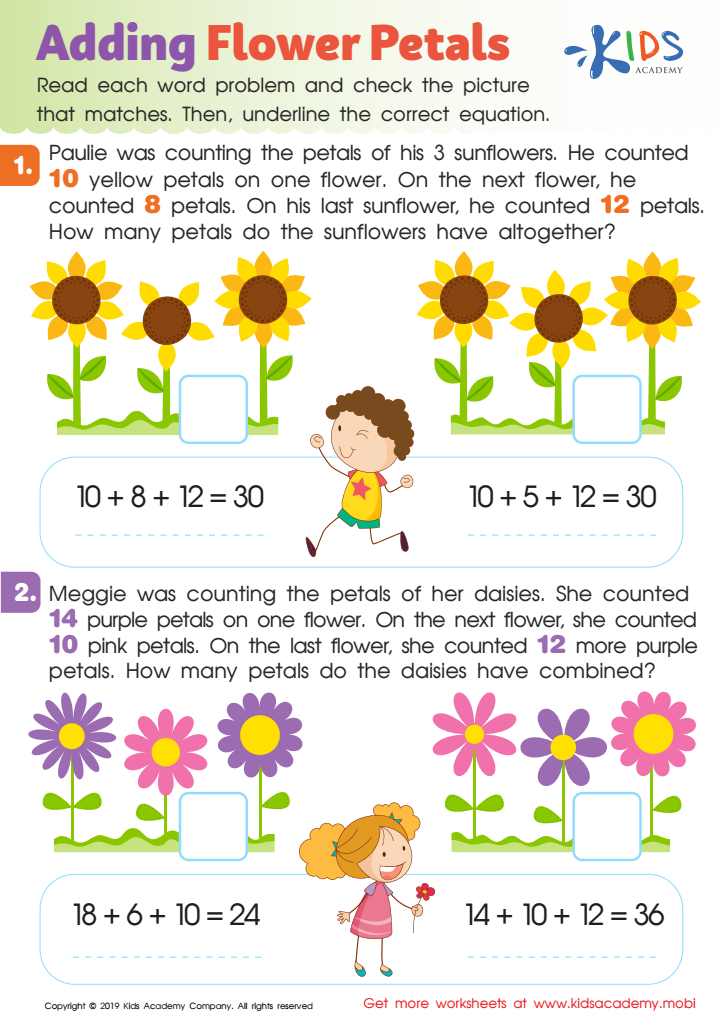

Adding Flower Petals Worksheet
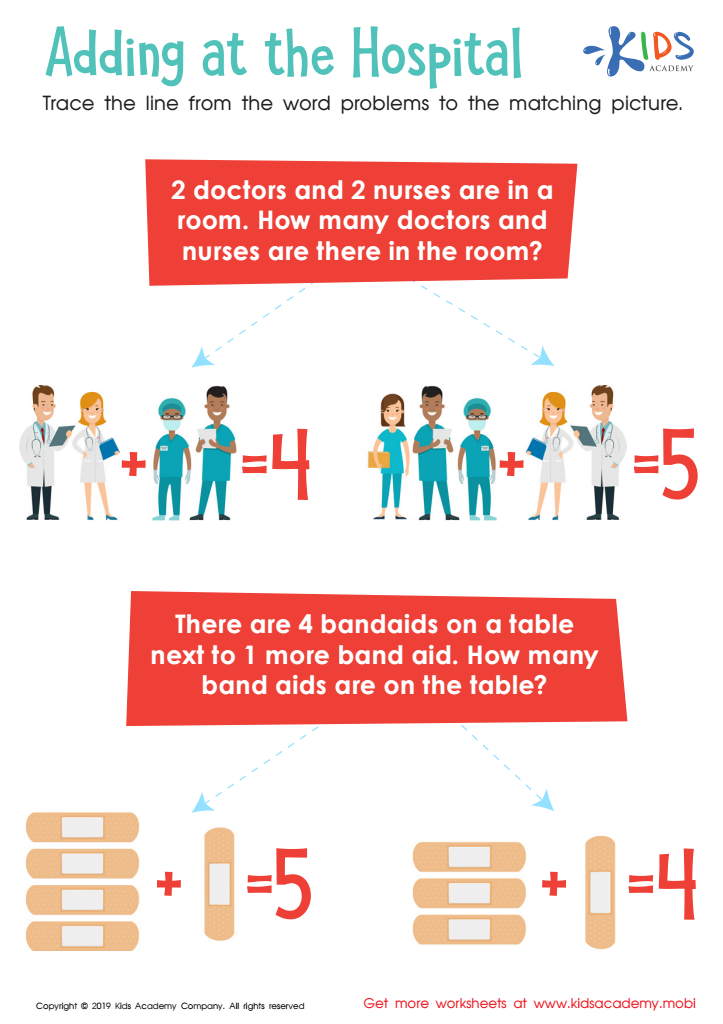

Adding at the Hospital Worksheet
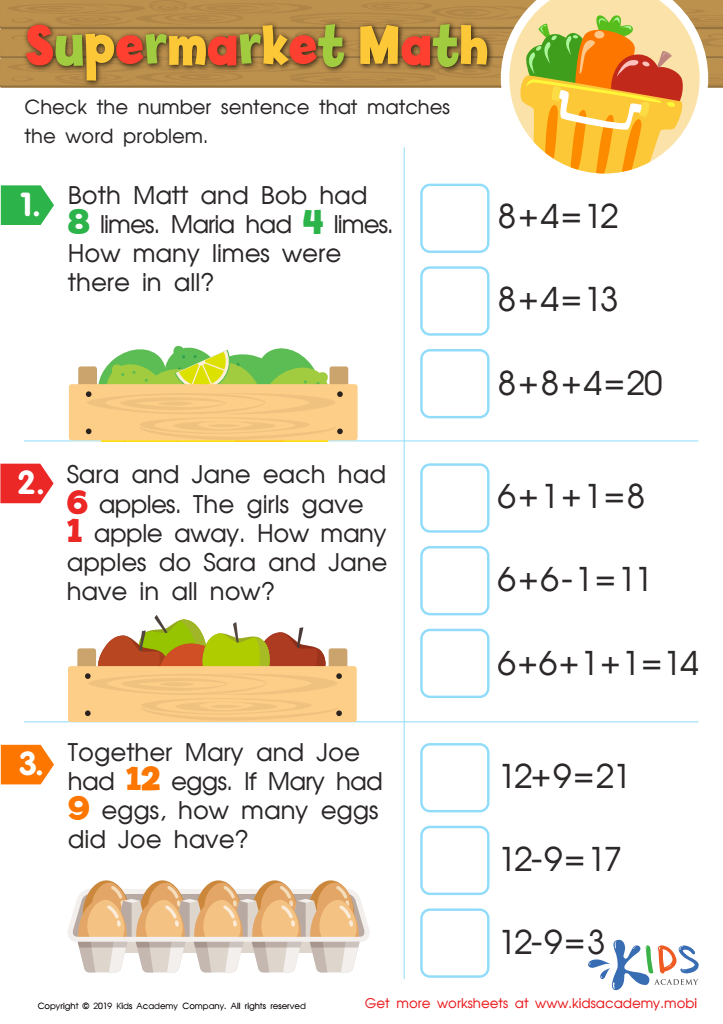

Supermarket Math Worksheet
Parents and teachers should prioritize teaching addition and subtraction word problems to children aged 4-8 because these skills form the foundation for a child's mathematical understanding. Young learners acquire critical thinking skills through solving word problems, learning to analyze situations, identify relevant information, and apply appropriate mathematical strategies. This problem-solving approach nurtures cognitive development, enabling children to connect mathematical concepts with real-world scenarios.
Moreover, mastering these skills instills confidence in young learners. When children can seamlessly solve addition and subtraction problems, they become more engaged and willing to tackle new challenges. This encouragement is crucial, as positive experiences with math can shape attitudes toward the subject throughout life.
Additionally, word problems help children develop language skills by enhancing their comprehension and expression. They learn to interpret and construct sentences, boosting vocabulary while developing their reasoning abilities. Collaboration in solving problems—whether at home or in the classroom—also fosters communication skills and peer interactions.
Ultimately, a strong foundation in addition and subtraction word problems equips children with essential life skills they will use in future academic pursuits and real-life situations, making it imperative that parents and teachers address this critical area of early education.

 Assign to My Students
Assign to My Students


